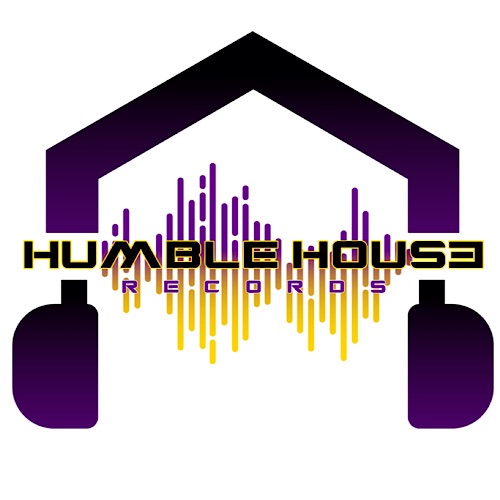Sayan Ghosh: Black Coffee pumps new life into the house genre – The Michigan Daily
by June 3, 2024The Michigan Daily
One hundred and thirty-three years of editorial freedom 
Certain genres of electronic music, such as house and techno, are ostensibly quite limited in their scope. 110-150 BPM. Four-on-the-floor beats. Synthesized basslines. These frameworks exist to make DJ’s lives easier, allowing them to tempo match and transition seamlessly between songs in their mixes. The last thing a DJ wants, after all, is a transition that makes things choppy and disrupts the flow of the party. It takes a truly talented musician to reside in this somewhat limited framework and be creative and innovative within it. One of the most exciting of these masters is South Africa’s Black Coffee.
Nkosinathi Innocent Maphumulo, better known as Black Coffee, was born in Durban, South Africa and studied music at the Durban University of Technology before launching into the South African dance music scene. He started DJing at a very young age, taking influences from the local disco and popular music coming from the townships of South Africa. His first big break came when he was selected as a participant in the Red Bull Music Academy. Since then, he’s only risen upward, winning award after award for his work and performing with Boiler Room, Mixmag, Ultra, Sonar and a host of other electronic music institutions. He sells out shows everywhere from Miami to Ibiza, with a unique style that has helped him stand out from the hordes of similar-sounding European DJ’s.
Black Coffee’s specialty house originated in Chicago in the early 1980s. Black DJ’s such as Frankie Knuckles used new instruments, particularly a variety of drum machines and synthesizers. They used a love for genres, such as disco and European dance music, to create a genre to be played in spaces which expressly forbade any discrimination with regards to race, gender, sexual orientation, etc.
In an interview with DJ Mag, Black Coffee notes, “I understood the depth of the jazz genre, and on the flipside I also understood dance music. So I was in a very fortunate position. What I wanted to do was bridge the gap, and with my understanding of jazz, be able to simplify it so the dance music fan doesn’t feel overwhelmed by it.” But jazz is far from the only genre to influence his mostly deep house discography.
In the backdrop of the fall of apartheid in the late 1980s and early 1990s, a genre called kwaito emerged in the Soweto township of Johannesburg. Kwaito borrows heavily from house, but often slows down the beats and incorporates elements of disco and R&B as well as spoken lyrics.
Watching one of Black Coffee’s sets, it’s easy to notice he is not a run-of-the-mill DJ. Tall and imposing, he is one of those DJs who is fully focused on the technicalities of his craft, preferring to eschew frequent crowd interaction. His mixes are fluid and vibrant, with several remix tracks of the South African canon. He is particularly talented at managing the dynamic of the mix, pacing his sequence of tracks, not only using melodic or rhythmic cues but also dynamic range and character. Even more impressively, he does his work without the use of his left arm, which was paralyzed after a car accident when he was only 14.
Even within the aforementioned limited house framework, Black Coffee innovates. Those same four-on-the-floor breakbeats are infused with rhythms and instrumentation from his home country’s musical tradition. House clichés, such as whispery female vocals, are executed using samples from South African soul and disco music coming from the townships of Johannesburg and his hometown, Durban.
Diversity is not quite what people associate with house these days. But it’s worth remembering the origins of the genre, and especially now, it’s worth getting excited about its future. The rise of artists such as Black Coffee represent a future of house where the world’s soundscapes become ever more present. The bare bones of house will likely remain the same, and will remain as a canvas for artists to paint over. But the sounds will hopefully be as varied as the people that make them, and the parties of the world will become a bit richer.
Please consider donating to The Michigan Daily
Your email address will not be published.
Stanford Lipsey Student Publications Building
420 Maynard St, Ann Arbor, MI 48109
Edited and managed by the students at the University of Michigan since 1890
[ditty id=484978]

Leave a comment